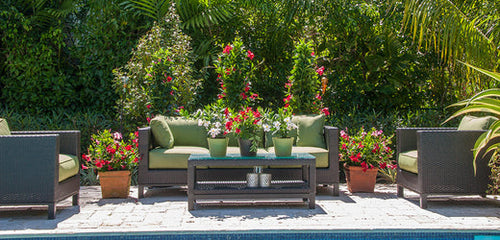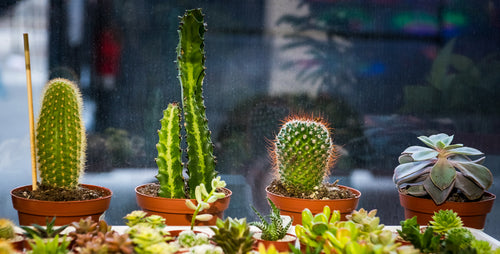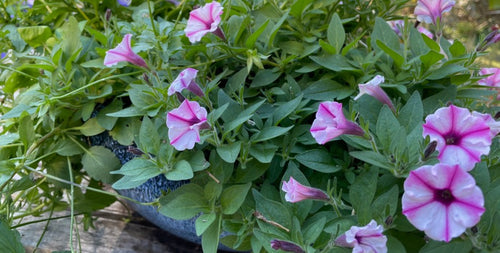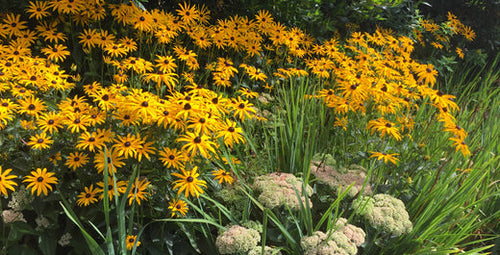By Doug Jimerson
Fast-moving, jewel-tone hummingbirds are fascinating additions to your yard. Here are 5 easy tips for attracting them.
1. Plant Native Flowers
The Audubon Society suggests growing native flowering species to help provide nectar for hummingbirds; nectar is 90 percent of their diet. For example, there are many species of Bee Balm (aka Monarda -- and in the photo above) that are native to specific areas of the country. Monarda fistulosa is native to the Southwest, Pacific Northwest, Mountain West, Southeast, East and Midwest. Monarda citriodora is a California native, but also naturally grows in the Southwest and Southeast. And Monarda didyma is native to the Pacific Northwest, as well as the East and Midwest.
2. Include a Diverse Number of Species
Think of your garden as a smorgasbord. Hummingbirds like lots of different flowers and the more flowers you offer, the more hummingbirds will flock to your yard. Hummingbird attractors include monarda (mentioned in the tip above), fuchsia, pentas, lobelia, cape honeysuckle, and different types of salvias. Plant both annuals and perennials for the biggest variety. By grouping plants together and choosing perennial species with different blooming times, you can ensure a steady supply of flowers and food.
3. Add Flowers to All Parts of Your Yard
Make it easy for hungry hummingbirds to find their next meal by adding nectar-rich plants to all areas of your yard -- front, sides, and back. Fill window boxes with flowers, pack containers on decks and patios, add small garden beds to your landscaping, and grow flowering vines on fences or pergolas. You’ll enjoy the infusion of color in your yard just as much as the hummingbirds love the additional access to snacks.
4. Reconsider Pesticide Use
When you create a garden for wildlife, such as hummingbirds and other pollinators, you need to create a pesticide-free environment for their health. Minimize or totally eliminate the use of these products in your yard.
5. Create a Hummingbird Food Corridor
Talk to your neighbors about your planting plan and encourage them to plant with hummingbirds in mind, too. The more neighbors who offer nectar-laden flowers, the more hummingbirds you'll enjoy. It’s a positive neighborhood initiative that will also make your yards more beautiful.
Written by Karen Weir-Jimerson

















